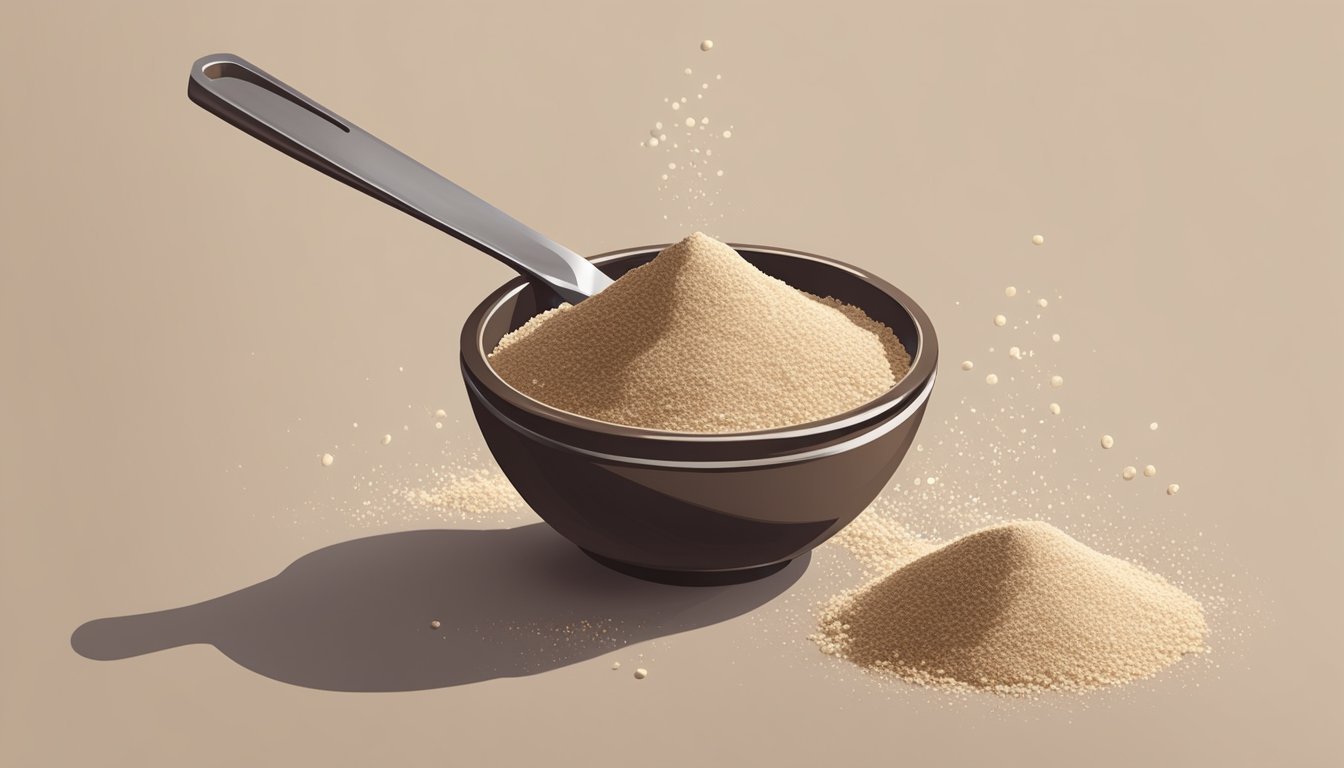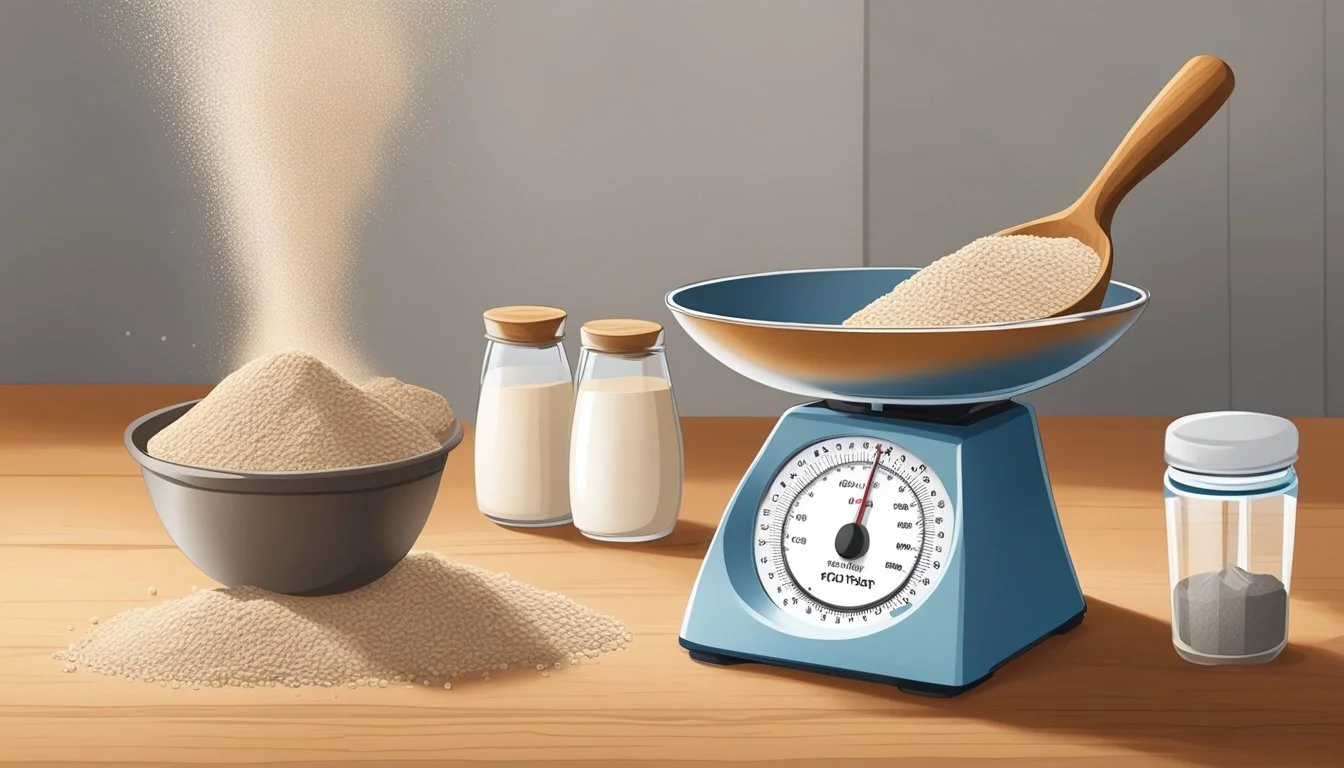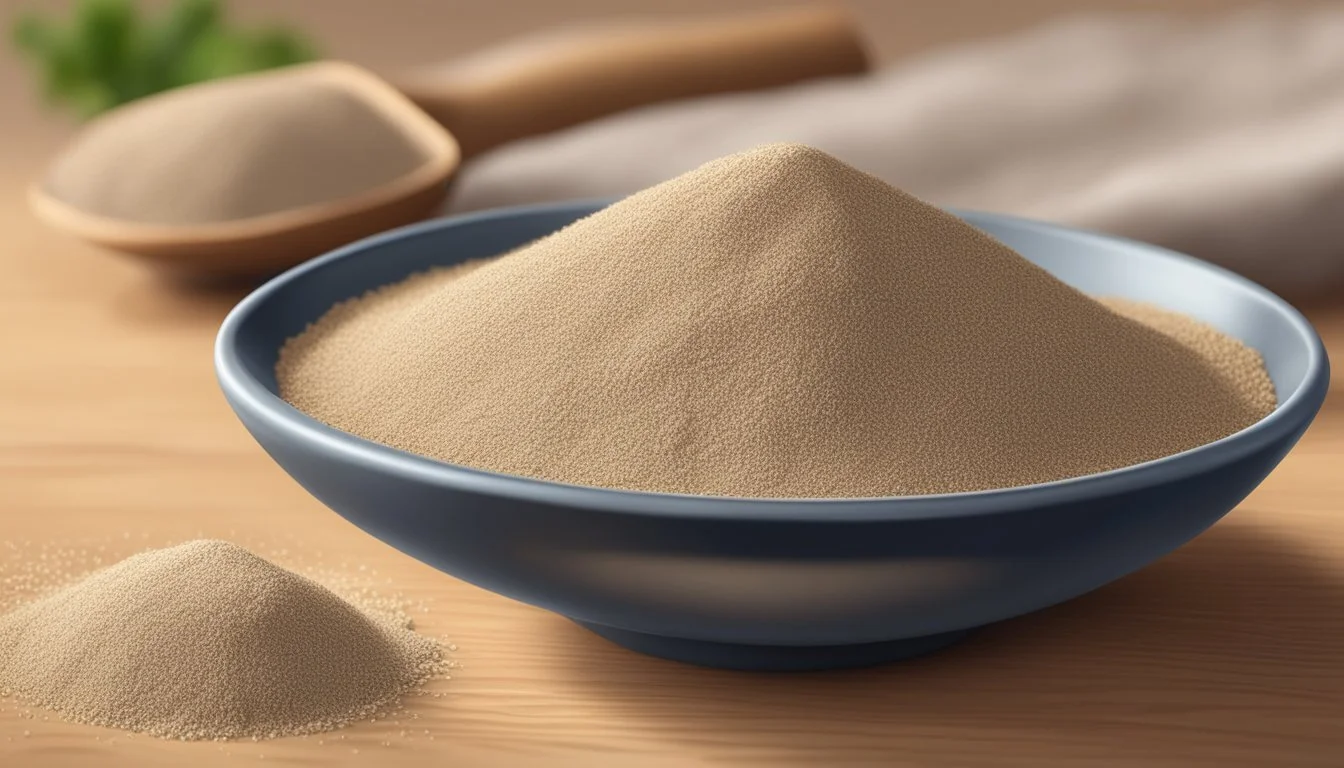How Many Tablespoons in a Pound of Teff Flour
Accurate Measurement Guide
Understanding the conversion of tablespoons to pounds is essential for both culinary professionals and home cooks. When working with teff flour, a gluten-free alternative to traditional wheat flours, this knowledge becomes particularly important due to its unique density and weight. Teff flour is becoming increasingly popular, and accurate measurement is key to recipe success.
One tablespoon of teff flour is approximately equivalent to 0.016 pounds. This conversion is crucial for those adapting recipes or tracking their dietary intake. The precise measurement of teff flour ensures that baked goods and other recipes maintain the correct texture and consistency. Given the flour's high fiber content and nutritional advantages, teff is a staple ingredient for those looking to enhance the health value of their meals without compromising flavor.
Understanding Weight and Volume
When measuring ingredients like teff flour, understanding the fundamentals of weight and volume is essential for accurate conversions between these two different types of measurements. They are both crucial when following a recipe or adjusting quantities.
Weight Measurement Fundamentals
Weight is a measure of the heaviness of an ingredient and is based on the force of gravity. The units of mass commonly used in the kitchen include:
Pounds (lb): A standard unit of weight in the United States.
Grams (g): A metric unit of mass, where 1 pound is approximately 453.592 grams.
Kilograms (kg): Another metric unit of mass, with 1 kilogram equaling 1,000 grams.
When measuring teff flour, a pound is often the unit used for larger quantities.
Volume Measurement Basics
On the other hand, volume measures the space that an ingredient occupies. Common units of volume include:
Cups
Tablespoons (tbsp)
Teaspoons
For dry ingredients like teff flour, volume measurements like US tablespoons are frequently used in recipes.
Converting Weight to Volume
The conversion of weight to volume involves using a conversion chart or formula. These conversions are necessary to translate the weight of an ingredient, such as a pound of teff flour, into a volumetric measure like tablespoons. It is crucial to note that different ingredients have different densities, which means conversions can only be approximate unless the exact density is known. For teff flour, industry-standard conversions can be found in culinary resources or conversion tools. Using these, one can establish that:
*Exact conversions may vary depending on the flour's density and other factors.
Weight Approx. Volume in Tablespoons 1 lb 32 tbsp*
These conversions provide a starting point, ensuring accuracy when measuring ingredients without a scale.
The Significance of Teff Flour
Teff flour is gaining recognition for its considerable nutritional advantages and its role as a staple in gluten-free diets.
Nutritional Value of Teff Flour
Teff flour is a highly nutritious whole grain flour derived from teff, a small, ancient grain native to Ethiopia. One of its most prominent nutritional features is its high dietary fiber content. In comparison to other grains, teff flour stands out:
Dietary Fiber: It delivers up to 12.2 grams per 100 grams, whereas traditional wheat flour contains only 2.4 grams.
Protein: Teff flour is also a good source of protein which is vital for muscle repair and energy.
Calcium & Iron: It boasts a significant amount of calcium and iron per serving, supporting bone health and aiding in the prevention of anemia.
Essential Amino Acids: Teff flour contains all essential amino acids, with a notably high level of lysine, which is often limited in other grains.
Teff Flour in a Gluten-Free Diet
Individuals with celiac disease or those following a gluten-free diet often struggle to find suitable alternatives to wheat flour. Teff flour emerges as a gluten-free solution that doesn't compromise on nutrition:
Gluten-Free: It does not contain gluten, making it an excellent option for those with celiac disease.
Nutrient-Dense: Unlike many gluten-free flours, which are often highly processed and low in nutrients, teff flour retains its healthful qualities.
Versatile: Its versatility in cooking and baking makes it a go-to gluten-free flour for a variety of recipes.
In summary, teff flour is not only a healthy addition to anyone's diet, but it's particularly indispensable for those requiring gluten-free alternatives without missing out on vital nutrients.
Practical Baking Measurements
In baking, precision is crucial, and understanding the conversion of weights to volume ensures consistent results.
Common Ingredient Measurements
Not all ingredients weigh the same, so a pound of butter and a pound of flour will differ vastly in volume. For instance, 1 pound of all-purpose flour is approximately 3 ⅔ cups or about 29.6 tablespoons. When it comes to teff flour, its density may vary from all-purpose flour, affecting the conversion. Milk and water are easy to convert as 1 pound equals roughly 2 cups. Here is a reference for some basic baking measurements in volume:
Butter: 1 pound = 2 cups = 32 tablespoons
All-purpose flour: 1 pound = 3 ⅔ cups = approximately 29.6 tablespoons
Granulated sugar: 1 pound = 2 ¼ cups = 36 tablespoons
Dry Ingredients (flour/sugar): Vary based on type and whether they are sifted or packed
Teff Flour in Recipes
Teff flour is often used for making injera, a traditional Ethiopian flatbread, and can also be found in various bread and pasta recipes. Its measurement by volume can be tricky, as teff is denser and finer than all-purpose flour. Due to the lack of exact conversion data for teff flour, the baker might need to adjust the quantity based on the desired yield and texture. Nutritional attributes also play a role since teff flour is rich in minerals and having an accurate measurement is key for maintaining nutritional values.
Errors in Measurement and Their Impact
An error in measuring an ingredient can significantly affect the final product. Using tablespoons for large quantities can increase the risk of inaccuracy. A rounded or heaping tablespoon could add excess to the recipe, causing a denser, drier outcome. For absolute accuracy, a kitchen scale is recommended for measuring ingredients, especially for fine flours like teff where precision is necessary to avoid errors or omissions. This risk is high with dry ingredients which can compress, leading to significant measurement errors.





